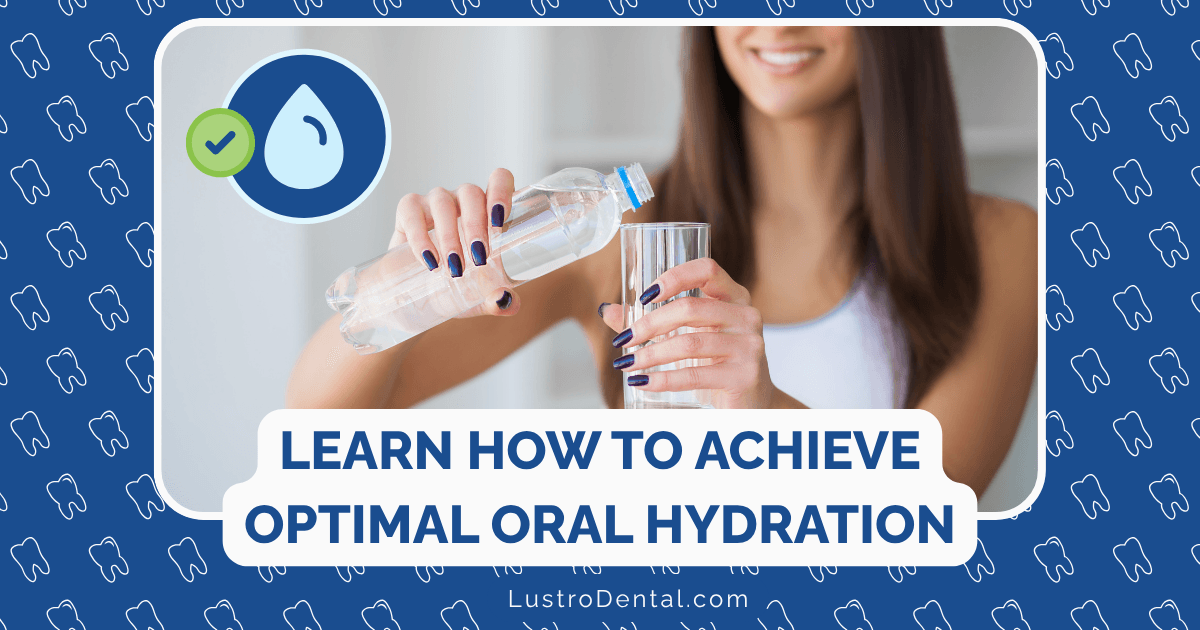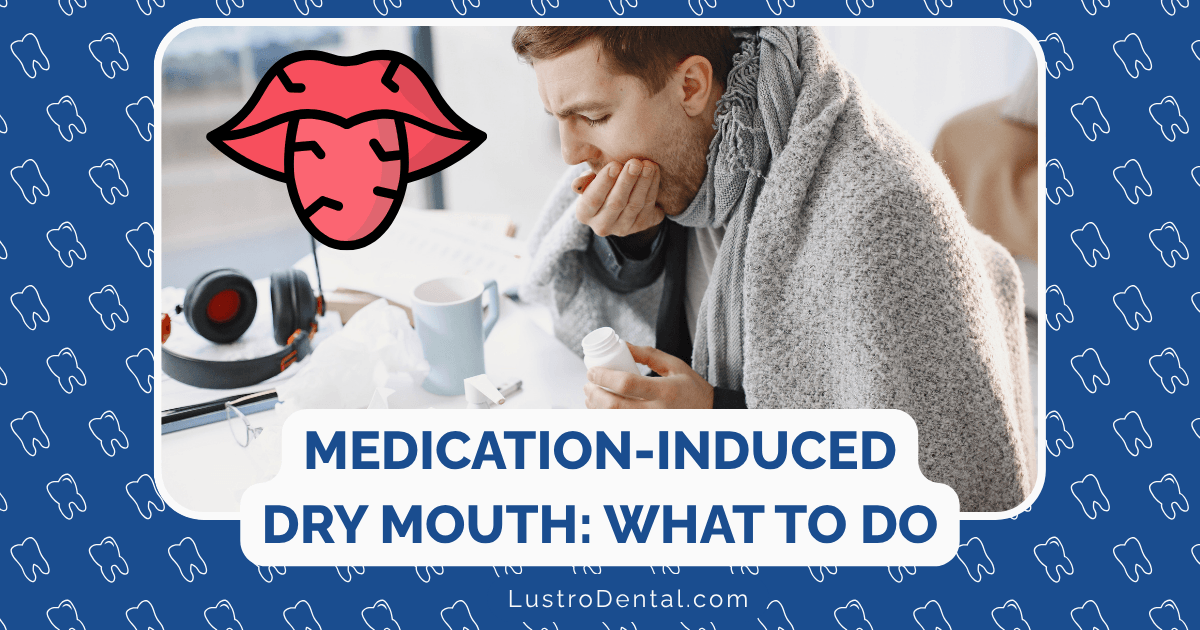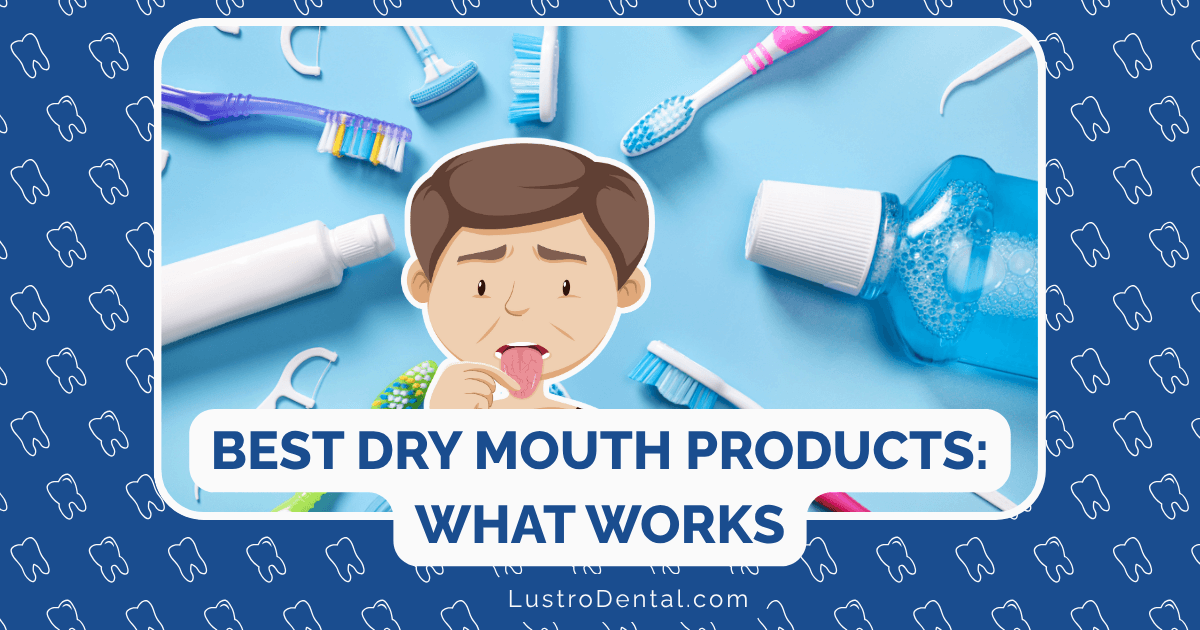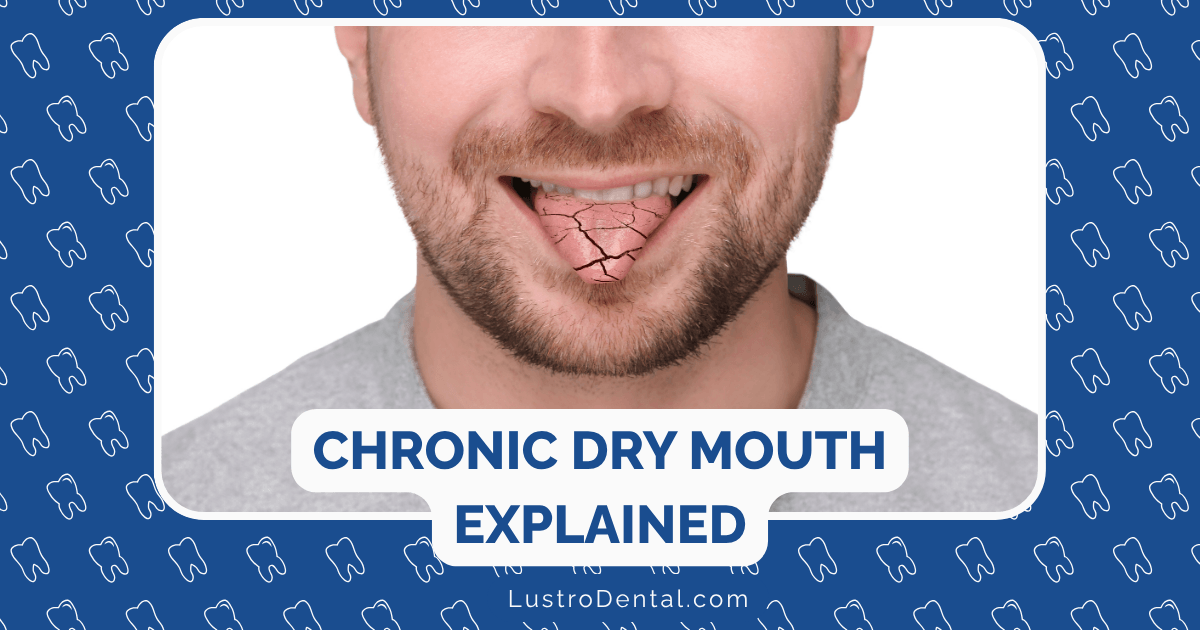Custom vs. Store-Bought Mouthguards: Protection Differences Explained
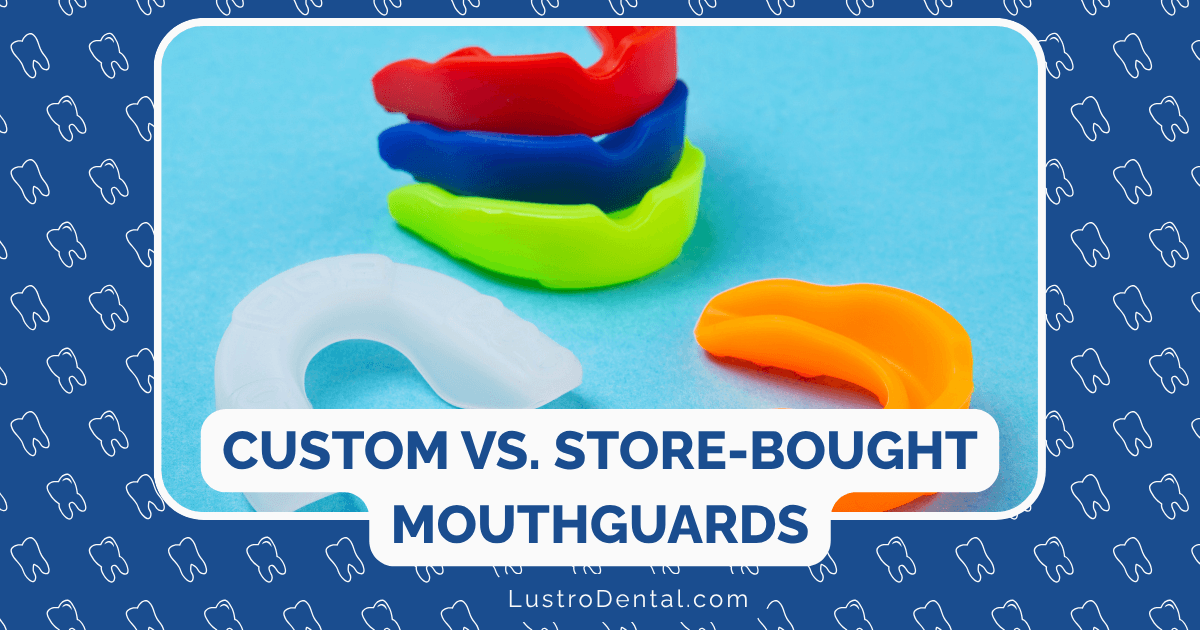
Whether you’re an athlete looking to safeguard your smile during contact sports or someone seeking relief from nighttime teeth grinding, choosing the right mouthguard is a decision that can significantly impact both your oral health and your wallet. As a dental health advocate who has guided countless patients through this decision, I’ve seen the consequences of both excellent and inadequate protection firsthand.
The mouthguard market offers two primary options: custom-made guards crafted by dental professionals and store-bought alternatives available over the counter. While both serve the same general purpose, their differences in protection, comfort, durability, and cost-effectiveness create a complex decision that deserves careful consideration.
In this comprehensive guide, I’ll break down the key differences between store-bought and custom mouthguards, helping you make an informed choice based on scientific evidence rather than marketing claims.
Understanding the Types of Mouthguards
Before diving into the protection differences, let’s clarify the main types of mouthguards available:
Custom-Made Mouthguards
These are professionally designed guards created specifically for your mouth based on dental impressions or digital scans. They come in several varieties:
- Dental office custom guards: Created from impressions taken by your dentist and fabricated either in-office or at a dental laboratory
- Mail-order custom guards: Involve at-home impression kits sent to specialized laboratories
- Vacuum-formed guards: Thinner, typically used for mild to moderate protection needs
- Pressure-laminated guards: Multi-layered for enhanced protection, often recommended for high-impact sports
Store-Bought Mouthguards
These over-the-counter options include:
- Stock mouthguards: Pre-formed, ready-to-wear guards with no customization
- Boil-and-bite mouthguards: Thermoplastic guards that soften in hot water, allowing for some molding to your teeth
- Generic night guards: Mass-produced guards for teeth grinding and clenching
Protection Differences: What the Research Shows
The primary purpose of any mouthguard is protection, but significant differences exist in how effectively each type fulfills this role. Let’s examine the evidence:
Impact Absorption and Distribution
A mouthguard’s ability to absorb and distribute impact forces is crucial for preventing dental injuries and potentially reducing concussion risk.
Research finding: A 2022 study published in the Journal of Sports Dentistry tested impact forces on different mouthguard types. Custom-made guards absorbed up to 33% more energy than boil-and-bite guards and 74% more than stock guards.
Real-world implication: During a high-impact collision in sports like football or hockey, custom guards provide significantly better protection against tooth fractures and displacement.
Thickness and Material Quality
The thickness and material composition of a mouthguard directly affect its protective capabilities.
Research finding: According to the American Dental Association, custom mouthguards typically maintain a thickness of 3-4mm in crucial areas, while store-bought options often compress to less than 2mm after molding.
Real-world implication: Thinner materials in store-bought guards may fail under severe impact, particularly in high-contact sports, leading to dental injuries that could have been prevented with adequate thickness.
Fit and Stability During Impact
A mouthguard that shifts or dislodges during impact cannot provide optimal protection.
Research finding: A clinical study published in General Dentistry found that high school football players wearing store-bought mouthguards were more than twice as likely to suffer mild traumatic brain injuries/concussions than those wearing custom-made guards (8.3% vs. 3.6%).
Real-world implication: The precise fit of custom guards ensures they stay in place during impact, providing consistent protection throughout athletic activities.
Protection Against Teeth Grinding (Bruxism)
For night guards specifically, the ability to withstand constant grinding forces is essential.
Research finding: A 2023 comparative analysis of night guards found that custom-made guards maintained their structural integrity for an average of 2-3 years, while store-bought options typically showed significant wear and deformation after 3-6 months of regular use.
Real-world implication: For chronic teeth grinders, the superior durability of custom guards translates to better long-term protection against enamel wear, tooth fractures, and jaw pain.
Beyond Protection: Other Critical Differences
While protection is paramount, several other factors influence the overall effectiveness and value of mouthguards:
Comfort and Compliance
Even the most protective mouthguard is useless if it’s too uncomfortable to wear consistently.
Custom mouthguards:
- Precisely contoured to your dental anatomy
- Minimal bulk in non-essential areas
- Smooth edges that don’t irritate gums or cheeks
- Allow for normal speech and breathing
Store-bought mouthguards:
- Generic sizing often creates pressure points
- Excess bulk in non-essential areas
- May have rough edges that cause irritation
- Often impede speech and restrict breathing
Real-world implication: Athletes and bruxism sufferers are significantly more likely to consistently wear comfortable guards, making custom options more effective in practice despite their higher initial cost.
Longevity and Durability
The material quality and manufacturing process greatly affect how long a mouthguard maintains its protective properties.
Custom mouthguards:
- Typically last 2-5 years with proper care
- Made from higher-grade materials that resist breakdown
- Maintain their shape and thickness over time
- Can be professionally adjusted if minor fit issues develop
Store-bought mouthguards:
- Generally last 3-6 months before needing replacement
- Made from lower-grade materials that break down faster
- Lose their shape and thickness with regular use
- Cannot be professionally adjusted if fit issues occur
Real-world implication: While custom guards have a higher upfront cost, their superior longevity often makes them more economical over time, especially for regular users.
Oral Health Considerations
Mouthguards can affect more than just protection against impact or grinding.
Custom mouthguards:
- Less likely to harbor bacteria due to precise fit and higher-quality materials
- Can be designed to accommodate orthodontic appliances or dental restorations
- Less likely to cause gagging or excess salivation
- Can be fabricated from hypoallergenic materials if needed
Store-bought mouthguards:
- More prone to bacterial growth in gaps and porous materials
- Limited options for those with braces or dental work
- Generic design may trigger gagging or excessive salivation
- Limited material options for those with sensitivities
Real-world implication: Custom guards may contribute to better overall oral health beyond just protection, particularly for those with specific dental conditions or sensitivities.
Cost Analysis: Value vs. Initial Price
The cost difference between custom and store-bought mouthguards is significant, but examining the full financial picture reveals interesting insights:
Initial Investment
Custom mouthguards:
- Sports guards: $150-$500 depending on material and complexity
- Night guards for bruxism: $300-$800 depending on type and durability
- Often partially covered by dental insurance for medical necessity
Store-bought mouthguards:
- Sports guards: $5-$35 depending on type and brand
- Night guards for bruxism: $15-$50 depending on type and brand
- Rarely covered by insurance
Long-Term Cost Comparison
For a high school football player using a mouthguard for four seasons:
Custom option:
- Initial cost: $300
- Replacements needed: Typically one replacement after 2 years
- Total 4-year cost: Approximately $600
Store-bought option:
- Initial cost: $25 (mid-range boil-and-bite)
- Replacements needed: Approximately every 3-4 months during season
- Total 4-year cost: Approximately $400-$500
For someone with moderate bruxism using a night guard:
Custom option:
- Initial cost: $450
- Replacements needed: Typically one replacement after 2-3 years
- Total 5-year cost: Approximately $750-$900
Store-bought option:
- Initial cost: $30 (mid-range option)
- Replacements needed: Approximately every 4-6 months
- Total 5-year cost: Approximately $300-$450
Hidden costs to consider:
- Potential dental work from inadequate protection (a single crown can cost $800-$1,500)
- Ongoing discomfort affecting sleep quality or athletic performance
- Time spent purchasing replacements for shorter-lived products
Making the Right Choice: When to Splurge vs. When to Save
Based on the evidence, here are my recommendations for different scenarios:
When Custom Mouthguards Are Worth the Investment
- High-impact or collision sports athletes: Football, hockey, boxing, martial arts, rugby, basketball, and soccer players benefit significantly from the superior protection of custom guards.
- Competitive or career athletes: Those whose athletic performance could be hindered by uncomfortable guards or whose careers depend on avoiding dental injuries.
- Moderate to severe teeth grinders: Individuals with significant bruxism who risk serious dental damage without adequate protection.
- Those with dental work or orthodontics: People with crowns, bridges, implants, or braces need the precise fit of custom guards to protect their dental investments.
- Individuals with breathing difficulties: Those with respiratory issues benefit from the optimized design of custom guards that facilitate better airflow.
When Store-Bought Mouthguards May Suffice
- Recreational or low-impact sports participants: Those participating in occasional or low-contact activities may find adequate protection in quality boil-and-bite guards.
- Children whose mouths are still growing: Young athletes whose dental anatomy is changing rapidly may benefit from less expensive replacements until growth stabilizes.
- Mild or occasional teeth grinders: Those with minimal grinding who need basic protection rather than maximum durability.
- Those testing whether a mouthguard helps: Individuals unsure if a mouthguard will address their issues may want to try a less expensive option before investing in a custom solution.
- Budget-constrained individuals: Those for whom the upfront cost of a custom guard is prohibitive, recognizing that more frequent replacements will be necessary.
The Process: What to Expect
Getting a Custom Mouthguard
- Initial consultation: Your dentist evaluates your specific needs and recommends the appropriate type of custom guard.
- Impression or scan: Traditional dental impressions or digital scans capture the exact shape of your teeth and gums.
- Fabrication: The mouthguard is created using specialized materials and equipment, either in-office or at a dental laboratory.
- Fitting appointment: The dentist ensures proper fit and makes any necessary adjustments.
- Follow-up care: Periodic checks during regular dental visits to assess wear and functionality.
Purchasing a Store-Bought Mouthguard
- Selection: Choose from available options at sporting goods stores, pharmacies, or online retailers.
- For boil-and-bite guards: Follow package instructions for heating, molding, and cooling the guard to your teeth.
- Fit check: Ensure the guard stays in place during movement and allows for comfortable breathing.
- Regular replacement: Monitor for signs of wear, thinning, or deformation that indicate the need for replacement.
Maintenance Tips for Maximum Longevity
Regardless of which type you choose, proper care extends the life of your mouthguard:
- Rinse after each use: Use cool water to remove saliva and debris.
- Regular cleaning: Brush with a toothbrush and mild soap (not toothpaste, which can be abrasive).
- Proper storage: Keep in a ventilated case to prevent bacterial growth.
- Avoid heat exposure: Don’t leave in hot cars or direct sunlight, which can warp the material.
- Regular inspection: Check for signs of wear, tears, or changes in fit that might indicate the need for replacement.
Conclusion: Making an Informed Decision
The choice between custom and store-bought mouthguards ultimately depends on your specific needs, risk factors, and budget constraints. While custom guards clearly offer superior protection, fit, comfort, and longevity, store-bought options provide a more accessible entry point for basic protection.
Consider your personal circumstances carefully—the level of protection you need, how frequently you’ll use the guard, any special oral conditions, and your long-term budget. Remember that the true cost includes not just the initial purchase but also replacements over time and the potential cost of dental treatment for injuries that might have been prevented.
For those engaged in high-risk activities or dealing with significant bruxism, the investment in a custom mouthguard often pays dividends in both protection and comfort. For occasional users or those with budget constraints, a quality store-bought option with proper fitting and regular replacement can provide acceptable protection.
Whatever your choice, the most important factor is consistency—the best mouthguard is the one you’ll actually wear regularly and properly.
Have you had experience with either custom or store-bought mouthguards? Share your insights in the comments below to help others making this important decision.
Disclaimer: This article is for informational purposes only and does not constitute medical advice. Always consult with qualified healthcare providers regarding any medical conditions or concerns.


